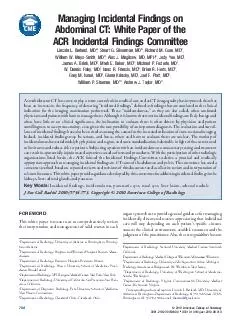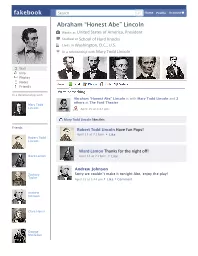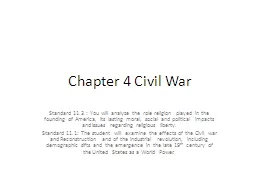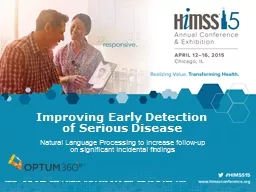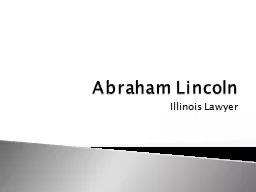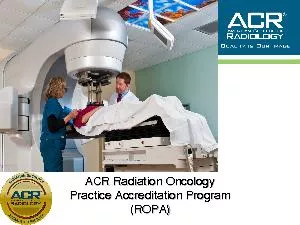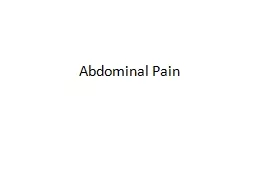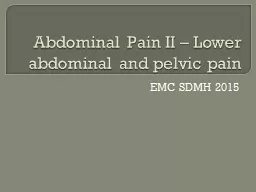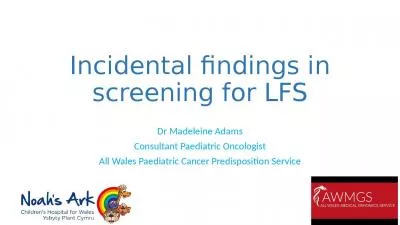PDF-Managing Incidental Findings on Abdominal CT White Paper of the ACR Incidental Findings
Author : test | Published Date : 2015-01-24
Berland MD Stuart G Silverman MD Richard M Gore MD William W MayoSmith MD Alec J Megibow MD MPH Judy Yee MD James A Brink MD Mark E Baker MD Michael P Federle MD
Presentation Embed Code
Download Presentation
Download Presentation The PPT/PDF document "Managing Incidental Findings on Abdomina..." is the property of its rightful owner. Permission is granted to download and print the materials on this website for personal, non-commercial use only, and to display it on your personal computer provided you do not modify the materials and that you retain all copyright notices contained in the materials. By downloading content from our website, you accept the terms of this agreement.
Managing Incidental Findings on Abdominal CT White Paper of the ACR Incidental Findings: Transcript
Download Rules Of Document
"Managing Incidental Findings on Abdominal CT White Paper of the ACR Incidental Findings"The content belongs to its owner. You may download and print it for personal use, without modification, and keep all copyright notices. By downloading, you agree to these terms.
Related Documents

